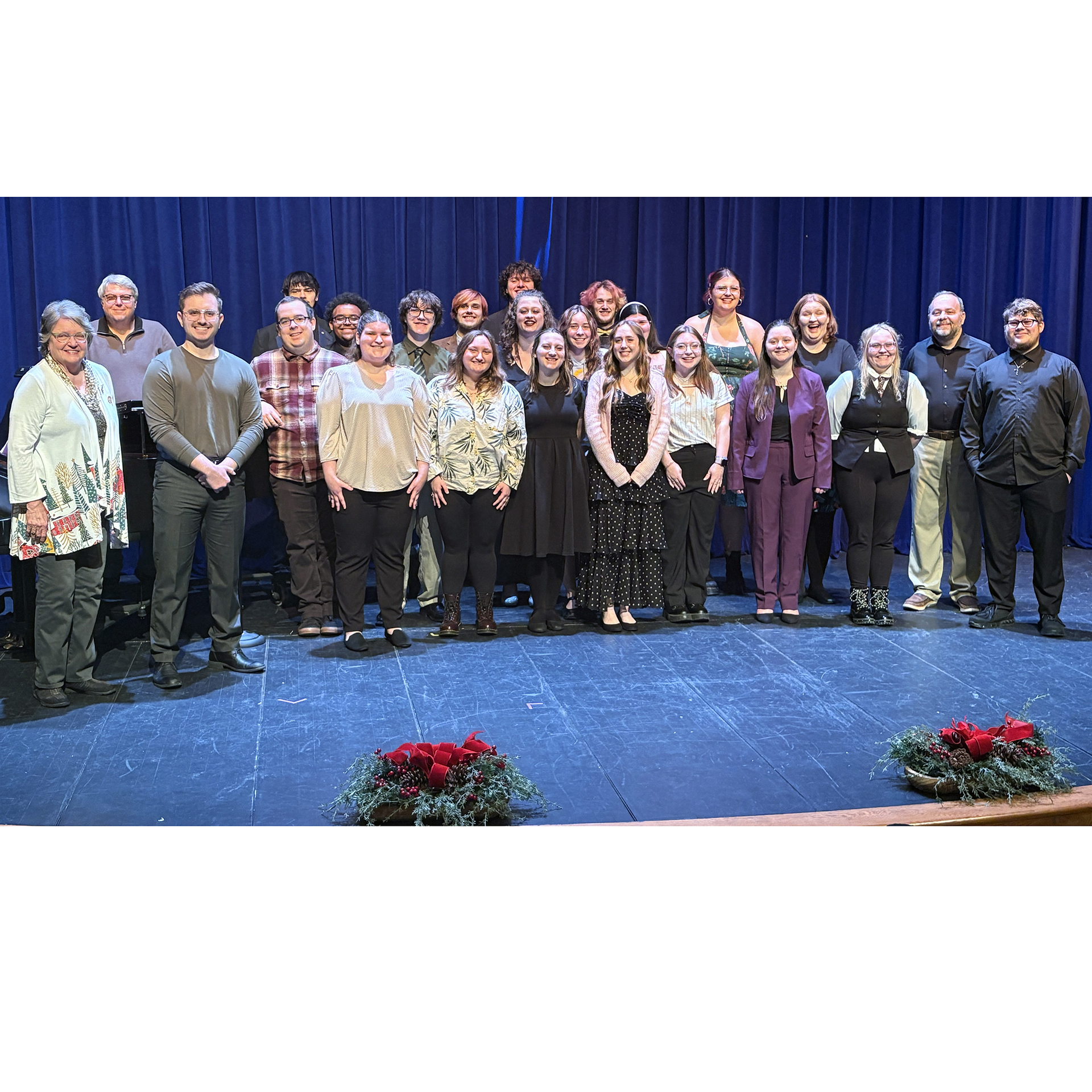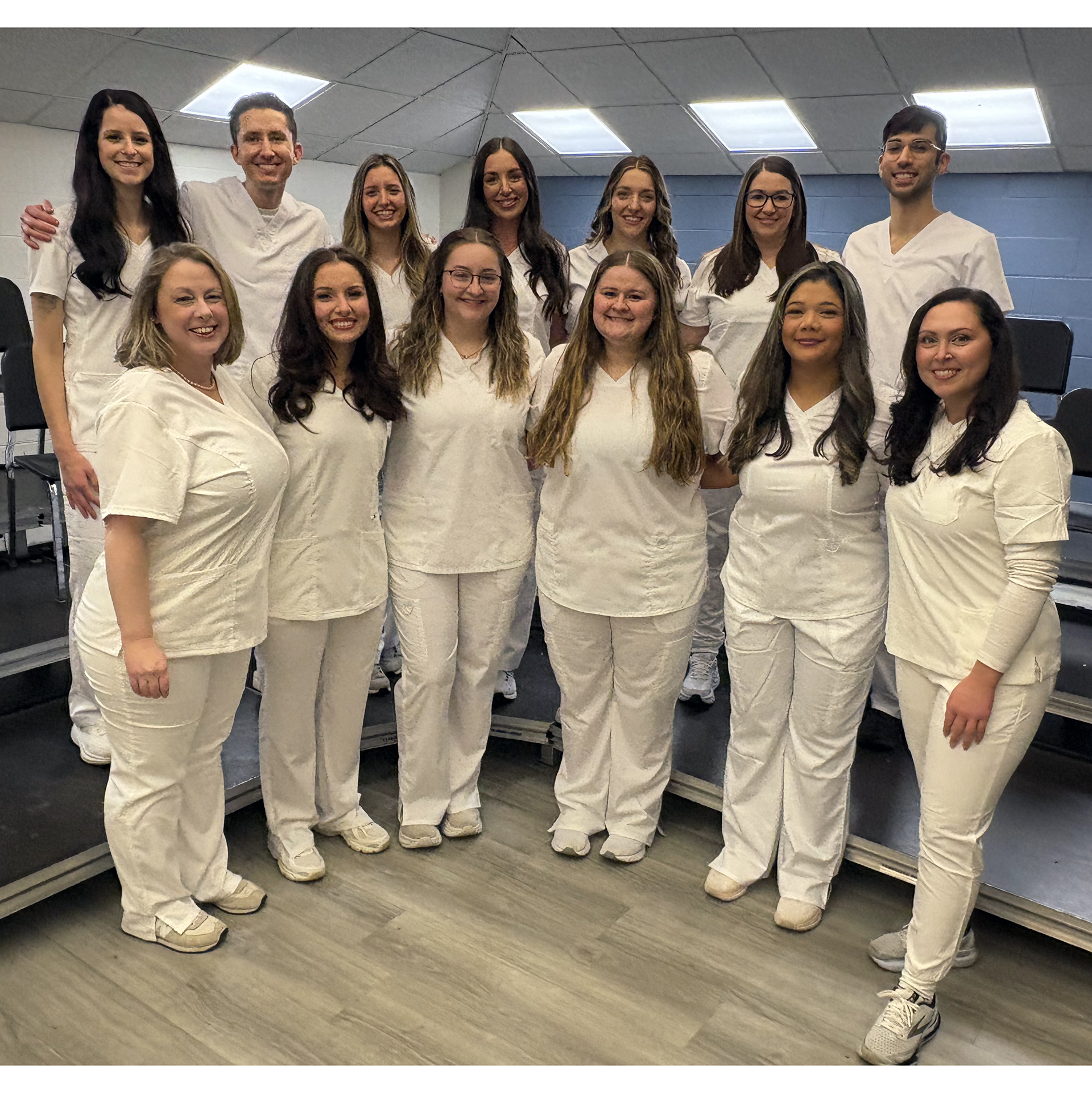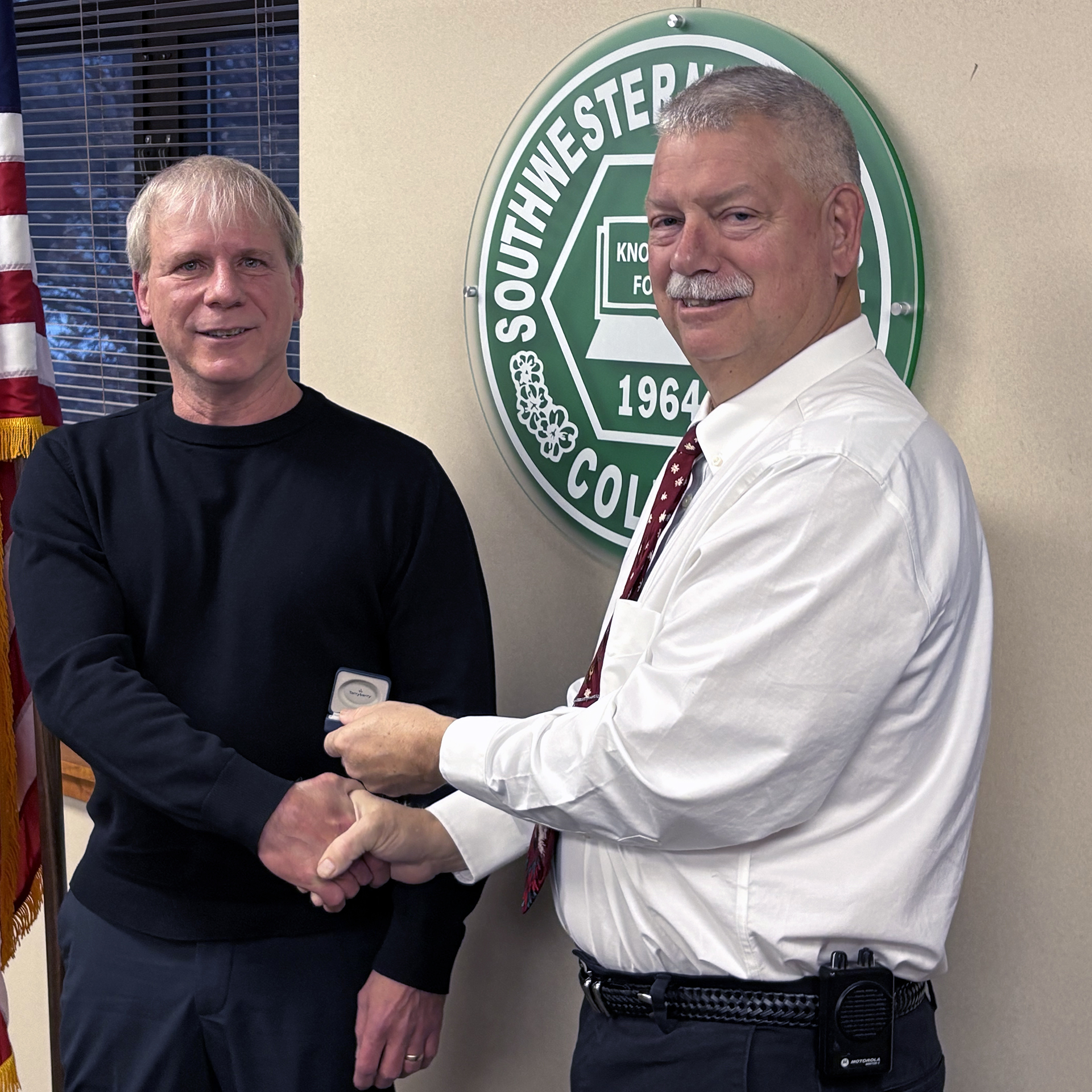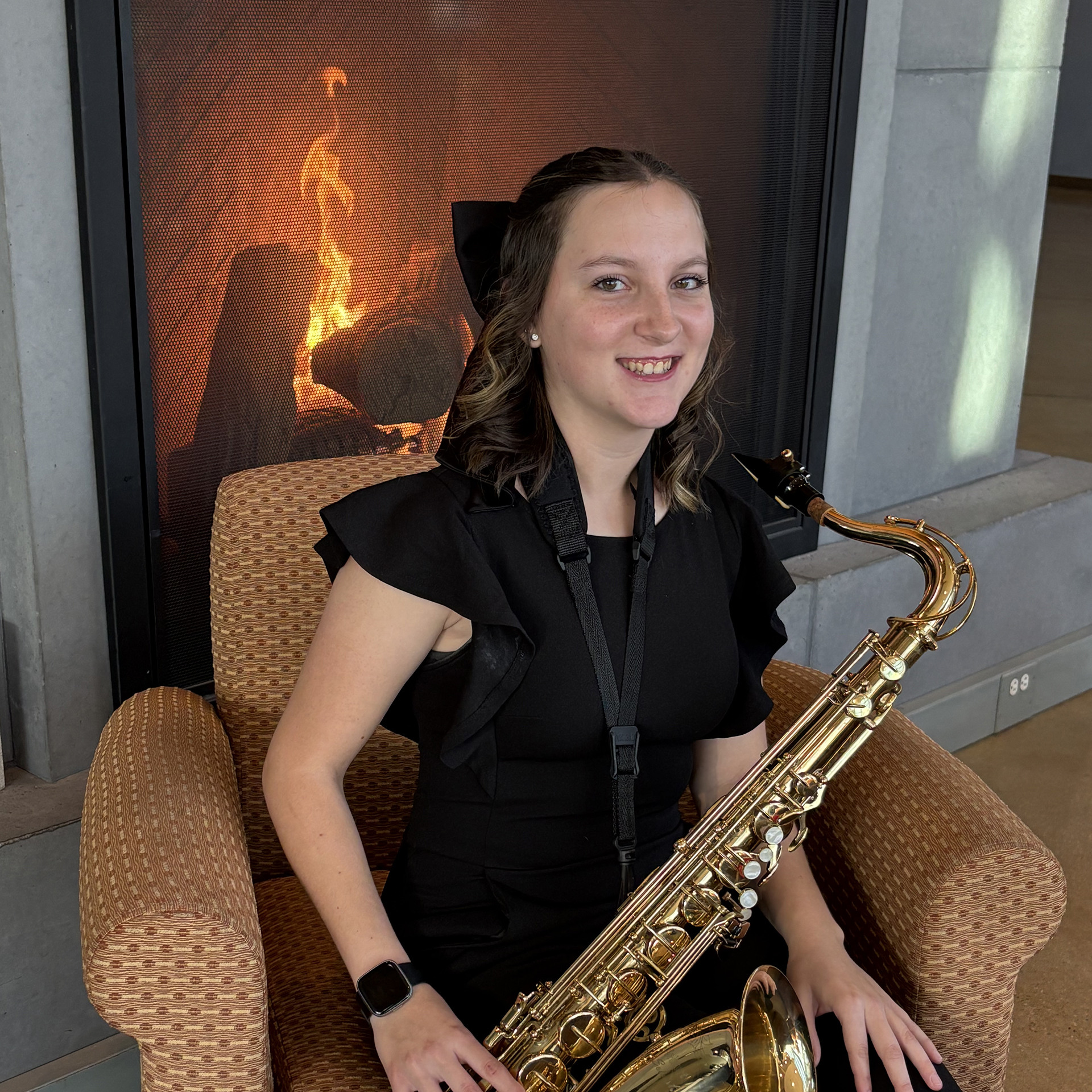
News
Dr. Riggs Gives Memorable Talk for Academic Speaker Series
Published on October 14, 2025 - 10 a.m.
Mastering his mind makes Dr. John H. Riggs III, MBA, a memorably young 76.
Riggs, who teaches biology at Southwestern Michigan College, led off SMC’s fall Academic Speaker Series Oct. 9 in Mathews Conference Center West.
He imparts on his students what he has learned about how the brain works to help them learn to study smarter.
The chiropractor’s “hobby” yielded an unpublished 107-page, constantly- revised booklet developed over two years combining research into how memory works, how repetition strengthens the brain and ways to boost focus, retention and recall.
“If students don’t have the tools, they get overwhelmed in a subject like anatomy because nobody has taught them how to learn. Once you learn how, it makes your workload easier,” Riggs said, recalling his own acceptance into General Motors Institute of Technology, now Kettering University in Flint.
“It was 24 hours in a 12-week semester, so you had no life essentially. These were information-dense engineering subjects. I barely made it through. Lots of cognitive overload.”
Early on, it was mnemonic devices, memory aids such as a phrase, rhyme or image to help retain and recall information. An acronym might aid in linking complex data to something easier to remember.
Riggs read the 2011 book Moonwalking with Einstein by Joshua Foer that posits that exceptional memory is not a gift, but a skill that can be learned using memory techniques.
He also read Teach Yourself How to Learn: Strategies You Can Incorporate into Any Course to Improve Student Metacognition, Study Skills and Motivation by Dr. Saundra McGuire.
“Most of us don’t have bad memories, we just aren’t trained,” he said. “There are a bunch of effective memory techniques out there backed up by science.”
Poring over notes again and again results in an “illusion of mastery,” Riggs said. “That’s a passive technique when they need a mechanism in place to pull information out, such as personalized flash cards and the Sirianni method that focuses on translating information into a personal, informal summary, connecting it to existing knowledge and creating a visual representation.
This process aims to move information from short-term to long-term memory through active engagement rather than passive review.
The Feynman Technique is a learning method of explaining a complex topic in simple terms to a hypothetical protégé.
Nobel Prize-winning physicist Richard Feynman’s core idea is that if you can’t explain a concept simply, you don’t fully understand it.
“I’ve probably drawn 250 mind maps. I used them to study for my orthopedic boards,” Riggs said of visual diagrams popularized by Tony Buzan.
Mind maps organize information hierarchically around a central idea, using branches for main topics and smaller branches for supporting details that illustrate relationships and connections.
Mind maps are useful for brainstorming, note-taking, planning and problem-solving because their flexible, radial structure helps people process and remember complex information more effectively than traditional linear notes.
“You can’t prime the knowledge pump when you’re sitting there staring at notes,” Riggs said. “I also try to get students to remove distractions from the environment. If they come to class with earphones on their head, they’re asked to leave. I put that in my syllabus, and I tell them to stop negativity that they can’t do this. If you tell yourself you can’t pass this test, your brain will agree.”
Also, he suggests, “Figure out your learning style. Most people are visual, so are you using images and mind maps? Diagrams? Charts? Putting verbal and visual images together helps get information into the brain.”
A spiral notebook crammed with line after line of ink notes can be too “boring” to inspire learning, Riggs said. “Why not draw some pictures or put color in there, do something to draw attention to those notes.”
“Chunking is an important concept,” Riggs said of breaking large pieces of information into more manageable, meaningful units to make them easier to remember.
Examples include grouping letters into words, words into phrases or a phone number into sections.
Chunking is also applicable to study sessions themselves, which would be more effective as 45-minute stretches with 15-minute breaks than three hours straight.
“I try to get my students to use (artificial intelligence, or AI) as a tool to create study guides, spaced repetition schedules and practice tests,” Riggs said.
Spaced repetition is a learning technique where you review previously learned material at increasing intervals over time, rather than cramming it all at once.
This strategy leverages the "spacing effect" to flatten the forgetting curve, promoting long-term memory and retention.
This method involves reviewing information just before it’s forgotten, with shorter intervals for new or difficult material and longer intervals for well-learned concepts.
Asked how he remembers names of his 125 students, Riggs replied, “The problem is we don’t make a connection with people when we first meet them and cement it because we’re thinking about what we’re going to say. Part of it is paying attention.”
Criminal Justice Professor Dr. Don Ricker continues the series at 6 p.m. Thursday, Nov. 13, in the Student Activity Center Theatre with “Understanding Serial Murder: Theory, Research and Practice.”






